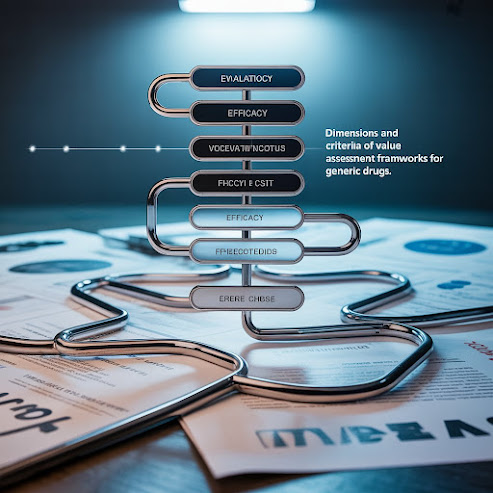Growing Up Under Physical Discipline | #sciencefather #researchawards #phenomenological #global
Rethinking the Rod: What Young Adults Reveal About Childhood Physical Discipline
Despite decades of research and countless parenting books declaring otherwise, physical discipline is still alive and well in many homes around the world. From Canada to China, Portugal to Singapore, a surprising number of children continue to grow up under the shadow of “the rod.” But as any behavioral scientist or social policy researcher will tell you—it’s not just how often it happens that matters. It’s how it happens, why it happens, and how children experience it.
Global Trends, Local Realities
Take the United States, for example. A nationally representative study showed that 37% of children under 17 were spanked in just the past year (Finkelhor et al., 2019). Meanwhile, 87% of college students there reported they were physically disciplined as children (Policastro et al., 2024). Over in Portugal, 74% of seven-year-olds self-reported experiencing at least one form of physical discipline, with nearly a quarter reporting severe physical punishment, such as being hit with hard objects (Abrahamyan et al., 2024).
And Singapore? Still holding firm in global company, with research indicating physical discipline remains a commonly accepted practice among parents (Sudo et al., 2023).
But again, these are frequency figures. The real story—the one that impacts child development, long-term behavior, and future parenting styles—goes beyond numbers.
The Problem with Just Counting Spanks
For decades, researchers have raised red flags about the impacts of physical discipline. Spoiler: it's not great. It's been linked to increased behavioral problems, poorer parent-child relationships, and worsened mental health (Gershoff & Grogan-Kaylor, 2016; Ferguson, 2013).
Still, there’s a twist in the tale—culture.
Enter the Cultural Normativeness Hypothesis. This theory suggests that in societies where physical discipline is “normal,” kids might see it as an expression of care rather than aggression (Deater-Deckard & Dodge, 1997). In theory, this should reduce the psychological damage. But the evidence is... messy. Some studies say yes (Lansford et al., 2005), others say nope (Cuartas, 2021). So, does cultural acceptance really cushion the blow? Or is that just wishful thinking with a sociological spin?
To answer that, we have to go deeper than frequency and look at what’s actually happening during these disciplinary moments.
The Process-Context Model: It’s Complicated
Gershoff’s Process-Context Model gives us the toolkit to unpack this. The model explains how physical discipline kicks off a chain reaction—bodily pain, emotional distress, fear, shame—all of which get internalized. Over time, this can lead to emotional dysregulation, externalizing behavior, and even avoidance of the parent (Gershoff, 2002a; Kim & Cicchetti, 2010).
And yes, some parents claim they spank “lovingly.” But if the child feels fear, confusion, or humiliation, the intent is beside the point.
It’s Not Just What Happens, But How
Let’s talk immediacy, predictability, and setting.
Research shows discipline is more effective (and less harmful) when it’s predictable and explained (Baumrind et al., 2010). The opposite—spur-of-the-moment smacks driven by parental anger—are linked to worse outcomes (Straus & Mouradian, 1998).
Even the setting matters. Discipline carried out in public can amplify shame, especially for younger children who are already figuring out how the world sees them.
What’s missing in much of the literature, however, is a clear picture of these contextual variables. Why? Because studying kids’ real-time reactions to physical punishment is ethically and practically difficult. No IRB in their right mind would sign off on that.
Our Solution: Retrospective Voices
That’s where our research comes in. We decided to listen to the grown-ups—specifically, young adults reflecting on their own childhood experiences with physical discipline. Their stories offer insight into:
-
What implements were used (yes, there's a difference between a hand and a hanger),
-
Whether it was expected or sudden,
-
How their parents acted before, during, and after,
-
And—most importantly—how they felt.
These narratives help us challenge assumptions behind cultural normativeness and offer a reality check on the supposedly "harmless" smack.
Final Thoughts: The Research We Need
Physical discipline is more than a tick-box variable. It's a lived experience—complex, emotional, and shaped by context. As researchers and technicians, we have to do more than count spanks per year. We need to analyze the emotional and environmental layers that turn a slap into a scar—or a lesson into a lifelong grievance.
#health#ParentingResearch#ChildhoodDevelopment#BehavioralIntentions#ChildDiscipline#CorporalPunishment#ParentingPractice#ChildhoodExperiences




Comments
Post a Comment